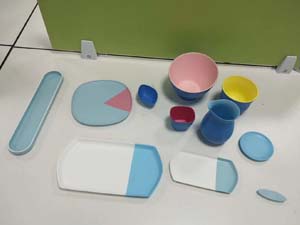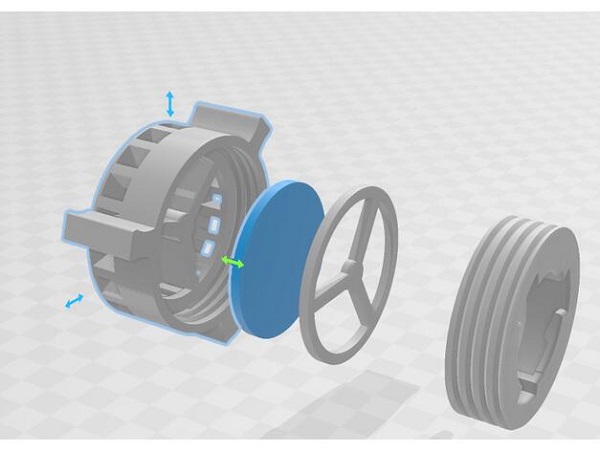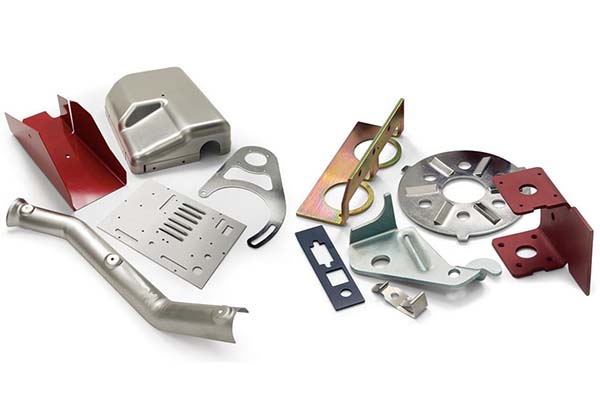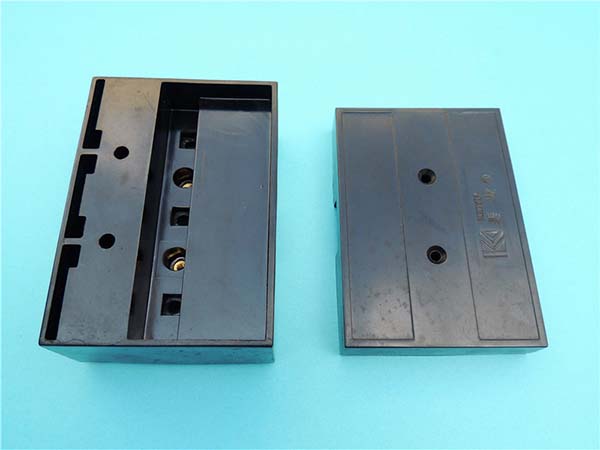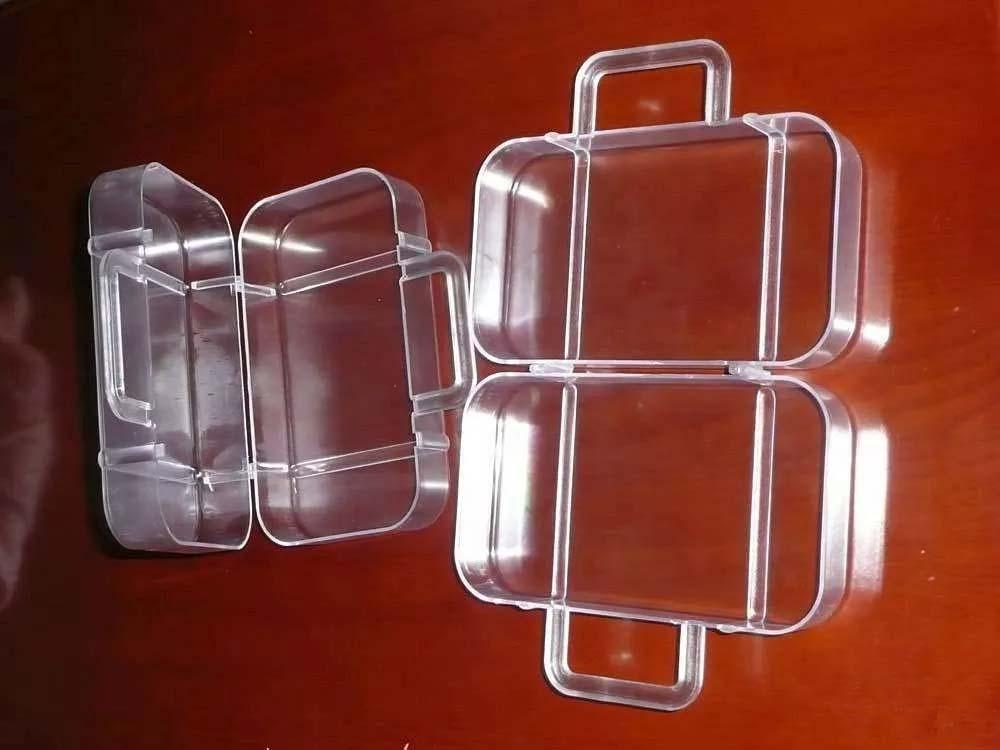What is 3D Printing Service in Canada?
3D printing service in Canada, also known as additive manufacturing, is a revolutionary technology that creates three - dimensional objects from a digital file, typically a Computer - Aided Design (CAD) model. The process involves adding layer upon layer of material, such as plastic, metal, ceramic, or composite materials, until the final object is formed.
Here's a step - by - step breakdown of how it works:
- Design Creation: First, you need a 3D model. This can be created using CAD software, where designers can precisely define the shape, size, and internal structure of the object. For example, an industrial designer in Canada might use CAD to design a prototype of a new consumer product, carefully specifying all the curves, holes, and details. If you already have a physical object and want to create a 3D model of it, 3D scanning technology can be used to capture its geometry and convert it into a digital model.
- Slicing the Model: Once the 3D model is ready, it is sliced into thin cross - sectional layers using specialized software. The thickness of these layers can vary depending on the desired level of detail and the capabilities of the 3D printer. For high - precision applications, the layer thickness can be as small as 0.05mm, while for larger, less detailed objects, it can be up to 0.3mm.
- Printing Process: The sliced data is then sent to the 3D printer. Different types of 3D printers use various methods to deposit the material layer by layer. For instance, in Fused Deposition Modeling (FDM), the most common 3D printing technology for desktop printers, a thermoplastic filament is melted and extruded through a nozzle to build each layer. In Selective Laser Sintering (SLS), a high - power laser is used to sinter powdered materials, such as nylon or metal, together to form the layers.
- Post - Processing: After the printing is complete, the object may require post - processing steps. This can include removing support structures (if any were used during printing to hold up overhanging parts), sanding to smooth the surface, painting for aesthetic purposes, or heat - treating to improve the mechanical properties of the printed part.
In Canada, 3D printing services are offered by a wide range of providers, from small local shops that focus on hobbyist and small - scale prototyping to large - scale industrial service bureaus that can handle high - volume production and complex industrial parts. These services are utilized across multiple industries, which we will explore in the next section.
Types of 3D Printing Technologies Used in Canada
Canada is home to a diverse range of 3D printing technologies, each with its own unique advantages and applications. Here are some of the most commonly used ones:
Fused Deposition Modeling (FDM)
FDM is one of the most popular 3D printing technologies in Canada, especially for small - scale production and prototyping. In FDM, a spool of thermoplastic filament, such as PLA (Polylactic Acid) or ABS (Acrylonitrile Butadiene Styrene), is fed into a heated extruder nozzle. The nozzle heats the plastic to its melting point and extrudes it layer by layer onto a build platform. As the plastic cools, it solidifies, bonding with the previous layer to form the 3D object.
Many small businesses and startups in Canada use FDM 3D printers for creating product prototypes. For example, a local toy - making startup might use an FDM printer to quickly create sample toys to show to investors or for market testing. It's also widely used in educational institutions. Schools and universities across Canada use FDM printers in their STEM (Science, Technology, Engineering, and Mathematics) courses to teach students about 3D design and printing. The cost - effectiveness and ease of use of FDM printers make them an ideal choice for these applications.
Stereolithography (SLA)
SLA is a high - precision 3D printing technology that uses ultraviolet (UV) light to cure liquid photopolymer resin. A laser beam traces the cross - sectional shape of each layer of the 3D model onto the surface of the resin, causing it to solidify. After each layer is cured, the build platform is lowered slightly, and a new layer of resin is spread over the previously cured layer. This process is repeated until the entire 3D object is complete.
In Canada, SLA is often used in the art and design fields. Artists can use SLA printers to create highly detailed sculptures and art pieces. For instance, a sculptor in Montreal might use SLA to bring their intricate digital designs to life with smooth surfaces and fine details that are difficult to achieve with other 3D printing methods. In the manufacturing of precision parts, such as those for the electronics industry, SLA is also favored. Components with complex geometries and tight tolerances can be accurately produced using this technology.
Selective Laser Sintering (SLS)
SLS uses a high - power laser to sinter powdered materials, such as nylon, polyamide, or metal powders, into a solid object. The process begins with a layer of powder being spread evenly across the build platform. The laser then scans the powder bed, selectively melting and fusing the powder particles together according to the cross - sectional shape of the layer. After each layer is completed, the build platform is lowered, and a new layer of powder is added.
In the aerospace industry in Canada, SLS is used to manufacture lightweight yet strong components. For example, parts of an aircraft interior, like brackets and ducts, can be produced using SLS with materials that offer high strength - to - weight ratios. This not only reduces the weight of the aircraft but also improves fuel efficiency. In the automotive industry, SLS is also applied to create customized parts for concept cars or low - volume production models. It allows for the production of parts with complex internal structures that can enhance performance while minimizing material usage.
Yigu Technology's View
As a non - standard plastic metal products custom Supplier, Yigu Technology highly values the role of 3D printing services in the Canadian market. In the design stage of custom products, 3D printing allows for rapid prototyping. For example, when creating a unique plastic - metal composite component, we can quickly translate the initial design concept into a physical prototype using 3D printing. This helps us to identify design flaws and make optimizations early on, significantly reducing the time and cost associated with traditional trial - and - error design methods.
In terms of production efficiency, 3D printing enables on - demand manufacturing. Instead of mass - producing large quantities of parts in advance and storing them in inventory, we can produce parts as needed. This is especially beneficial for custom products with low - volume and high - variety requirements. Moreover, 3D printing can create complex geometries that are difficult or even impossible to achieve with traditional manufacturing methods. This expands the design possibilities for our non - standard plastic metal products, allowing us to better meet the diverse needs of our customers in Canada and around the world.
FAQ
Q1: How much does a 3D printing service in Canada usually cost?
The cost of 3D printing services in Canada varies based on multiple factors. Material is a significant factor. For example, common plastics like PLA are relatively affordable, with prices starting from around \(20 - \)50 per kilogram, while high - performance engineering plastics or precious metal powders can be much more expensive. A kilogram of metal powder for 3D printing, such as titanium, might cost several hundred dollars.
Model complexity also plays a role. Simple, geometrically - straightforward models are cheaper to print. If it's a basic cube - shaped object, the cost will be mainly based on the material volume. However, a model with intricate internal structures, overhangs, and fine details will require more support structures during printing and longer printing times, thus increasing the cost.
Printing precision matters too. Higher - precision printing, which requires more advanced printers and careful calibration, is more costly. As a rough estimate, for a small, simple plastic - printed object, the cost could be as low as \(5 - \)20. For a complex metal - printed part with high precision, the cost could range from \(100 to several thousand dollars. Some service providers calculate the cost based on a combination of material volume, printing time, and a fixed service fee. For instance, they might charge \)0.1 - \(0.5 per cubic centimeter of material used, plus an hourly rate of \)10 - $50 for the printer's operation time.

